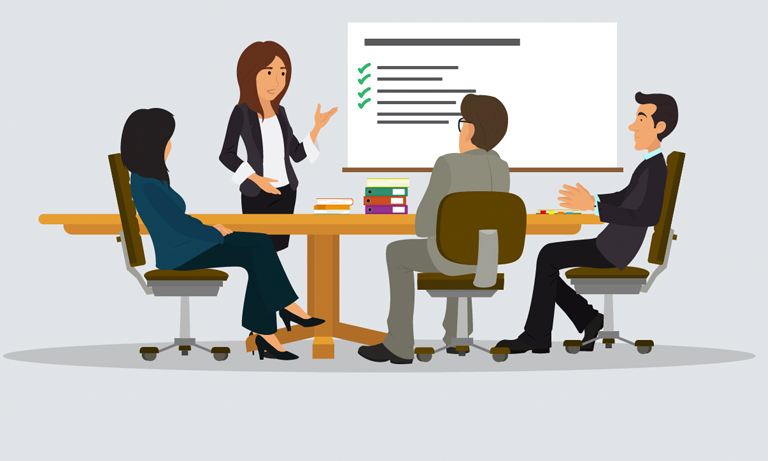 Revealing further differences, 59% of employees disagreed with the claim that their company regularly surprised them with new incentives and benefits programmes
Revealing further differences, 59% of employees disagreed with the claim that their company regularly surprised them with new incentives and benefits programmesThere is nothing more tortuous than sitting through a meeting that has gone off agenda and overrun. You are sitting there thinking about the pile of work on your desk while someone else has been talking endlessly about an issue that has nothing to do with you or your team; on the other hand, a well-run meeting can be an almost joyous event, with staff leaving feeling focussed and enthused. What are the key elements to a perfect meeting?
As with most things, preparation is key. Making sure that everyone knows what the meeting is about and the expected outcomes is crucial. Send all attendees the agenda and timings a few days in advance, which will give them time to prepare any information they might need to bring with them and put together any questions they might have.
If you need any equipment, such as an overhead projector, laptop or handouts, make sure you check that they are available well in advance. Do not turn up to the meeting room five minutes beforehand to find the door is locked and there are not enough chairs for the number of attendees – there is nothing that makes someone feel more unwelcome than having nowhere to sit!
Every meeting should have a moderator and it is important that they understand their role in the meeting ahead of time. It is their job to ensure the meeting runs as closely as possible to time and that it keeps to the agenda. They should be confident enough to stop any irrelevant conversations that may start, but flexible enough to allow the meeting to flow.
In an effective meeting, everyone gets the chance to have their say, express concerns and propose new ideas or methods of working. It again falls to the moderator to facilitate this, gently reprimanding people who are hogging the floor and encouraging those who are not actively participating to speak up.
You should also make sure that someone is assigned to take notes, which allows participants to get fully involved in the conversation rather than being distracted by taking their own notes. The notes of a meeting should record the key elements of the discussion along with any actions, who is responsible for them, and timescales.
At the end of the meeting, you may wish to briefly run through the action points from the meeting, schedule a date for any follow-up meetings, and confirm the points for the next agenda. It is also important to thank people for attending so that they feel it has been worth taking time out from their normal day job.
After the meeting, make sure notes and actions are typed up and distributed to attendees quickly so that you do not lose any impetus.
If you can follow these guidelines, you should find that your meetings are both effective and enjoyable for attendees. In turn, this will ensure they are happy to attend future meetings and actively participate in them.
Recruiters love this COMPLETE set of Accredited Recruitment & HR Training – View Training Brochure








